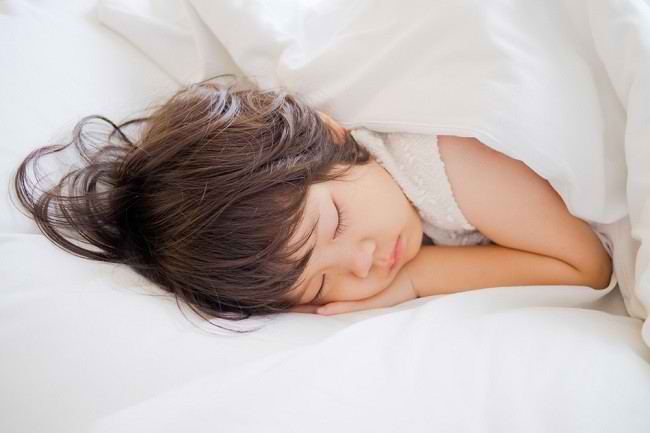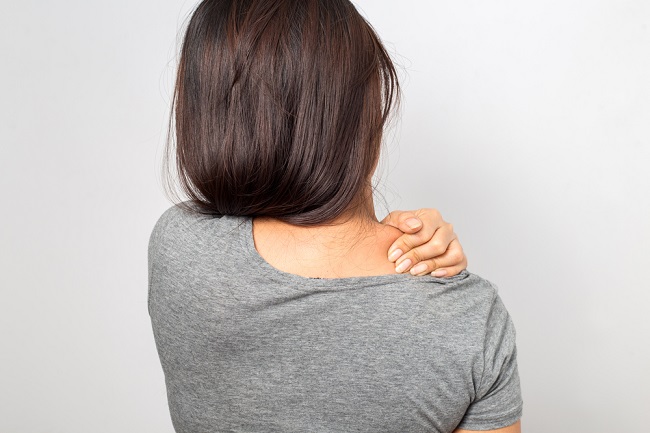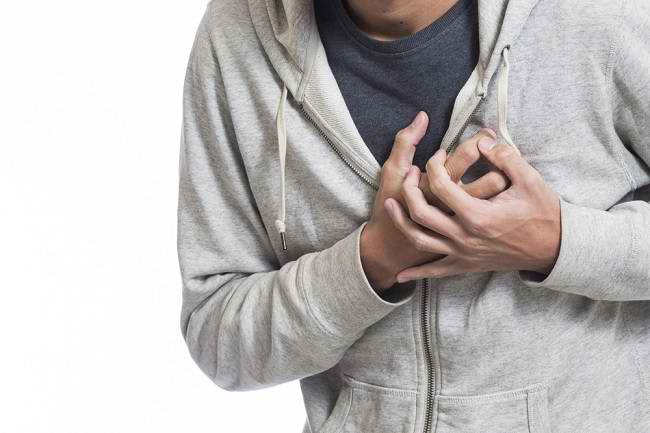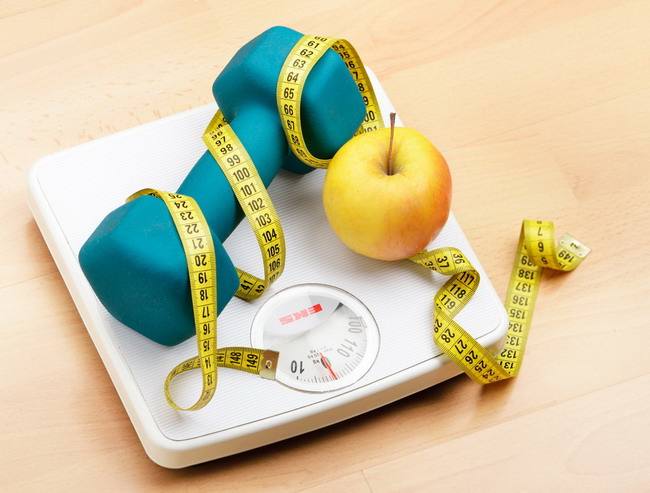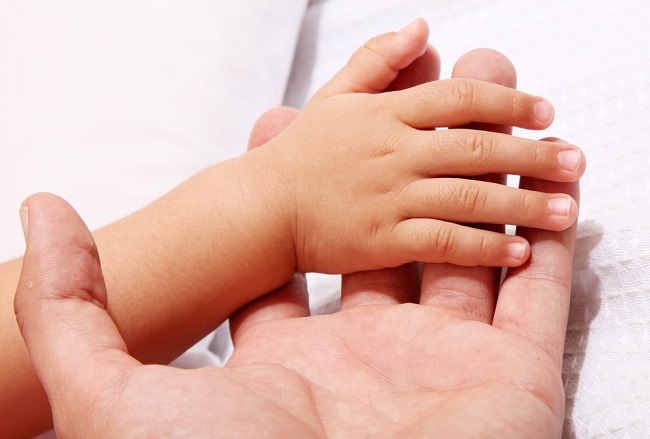Medical rehabilitation is a therapy that is carried out to restore body functions that have problems, such as pinched nerves, injuries, fractures, and paralysis due to stroke. Medical rehabilitation is also usually required after the patient undergoes certain surgeries.
When experiencing conditions, such as fractures, paralysis, or neurological disorders, a person can experience impaired body movement or even disability. This of course can interfere with the quality of life and cause difficulties in carrying out daily activities or work.

To support the recovery process and train the patient's body to be able to move and carry out activities as usual, doctors will generally advise them to undergo a medical rehabilitation program. One example of a medical rehabilitation program is physiotherapy.
Various Conditions Requiring Rehabilitation
The following are some medical conditions or disorders that require medical rehabilitation:
1. Rehabilitation for heart patients
Cardiac rehabilitation is a medical rehabilitation program designed to support the recovery and improvement of the condition of the heart and blood vessels.
This rehabilitation is intended for patients with cardiovascular disease, such as heart attack or heart failure, as well as patients undergoing medical procedures on the heart, such as angioplasty or heart surgery.
Before undergoing medical rehabilitation, the patient will undergo an examination from a doctor first to assess his heart function.
These examinations include a physical examination and supporting tests, such as a heart record (ECG), echocardiography, blood tests to determine cholesterol and cardiac enzymes, to stress test done with the help of a bicycle or treadmill.
After that, the doctor will provide treatment or medical action to treat the patient's condition. To support the recovery of the heart, the doctor will also provide a cardiac rehabilitation program consisting of sports or physical exercise as well as education on healthy living for patients.
2. Rehabilitation in stroke patients
Stroke rehabilitation is one of the most important treatment steps for stroke patients. Through medical rehabilitation, the ability and strength of their body movement is expected to be able to recover. After that, the patient will also be trained to be able to return to activities more independently.
Some stroke rehabilitation programs and methods include physical activity, such as motor skills training, psychotherapy, speech therapy, and occupational therapy.
3. Rehabilitation of patients hernia nucleus pulposus
Hernia nucleus pulposus (HNP) is a disease in which the spinal nerve cushions come out of the vertebral column so that they pinch the nerves in it. This condition is usually referred to as a pinched nerve.
HNP can cause severe back or neck pain, limb weakness, and even paralysis. To treat this condition, doctors can give drugs, perform physiotherapy, or surgery.
Usually, medical rehabilitation in HNP patients is given over a period of several weeks to several months. The goal is to relieve back pain and improve the position of the patient's nerves and spine.
Medical rehabilitation methods for HNP can be in the form of heat therapy, electrical therapy, physical exercise or sports for pinched nerves, to the use of a special corset for the spine.
4. Rehabilitation in patients with chronic obstructive pulmonary disease
Chronic obstructive pulmonary disease (COPD) is a chronic disease of the lungs that can make it difficult for sufferers to breathe. This disease can also cause oxygen levels in the patient's body to decrease.
Medical rehabilitation in this disease is important so that patients can breathe and move more smoothly, as well as prevent recurrence and relieve symptoms experienced.
Medical rehabilitation programs for COPD patients generally take the form of physical exercise or sports, such as stationary bicycles, gymnastics, and exercises to strengthen respiratory muscles. Through this program, COPD sufferers will also be trained to be able to quit smoking.
5. Rehabilitation of patients undergoing amputation
Patients who have undergone amputation will certainly feel stressed or even depressed because their bodies can no longer move or do activities like they used to. To support their recovery and train their abilities, doctors will generally carry out a medical rehabilitation program.
Through this program, patients will be trained and motivated to be able to return to their activities and move well. Medical rehabilitation of amputees also includes prosthetic limb exercises.
For example, in a patient whose leg is amputated, doctors will train them to use a prosthetic or prosthetic leg to return to walking.
Medical rehabilitation can also be obtained in the form of occupational therapy, vision therapy, and speech therapy, tailored to the needs of each person. In essence, medical rehabilitation aims to restore impaired body functions due to suffering from a condition or disease.
The final outcome of the medical rehabilitation that is carried out depends on the severity of the condition experienced and the ability of the rehabilitation team that handles it. In addition, the motivation and enthusiasm of patients undergoing medical rehabilitation also plays an important role in supporting the success of rehabilitation.
That's a variety of medical rehabilitation according to their needs. If you need medical rehabilitation, first consult with a medical rehabilitation doctor so that therapy can be determined according to your health condition and needs.
